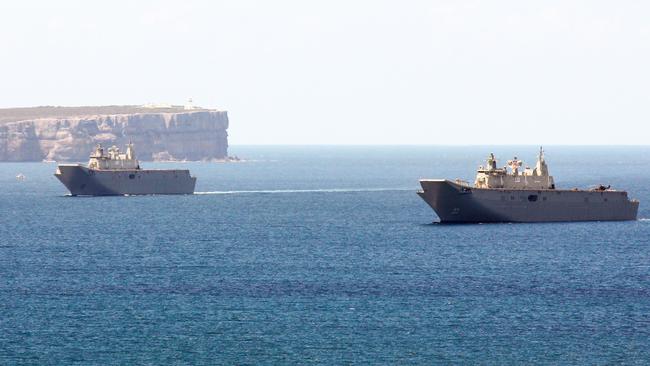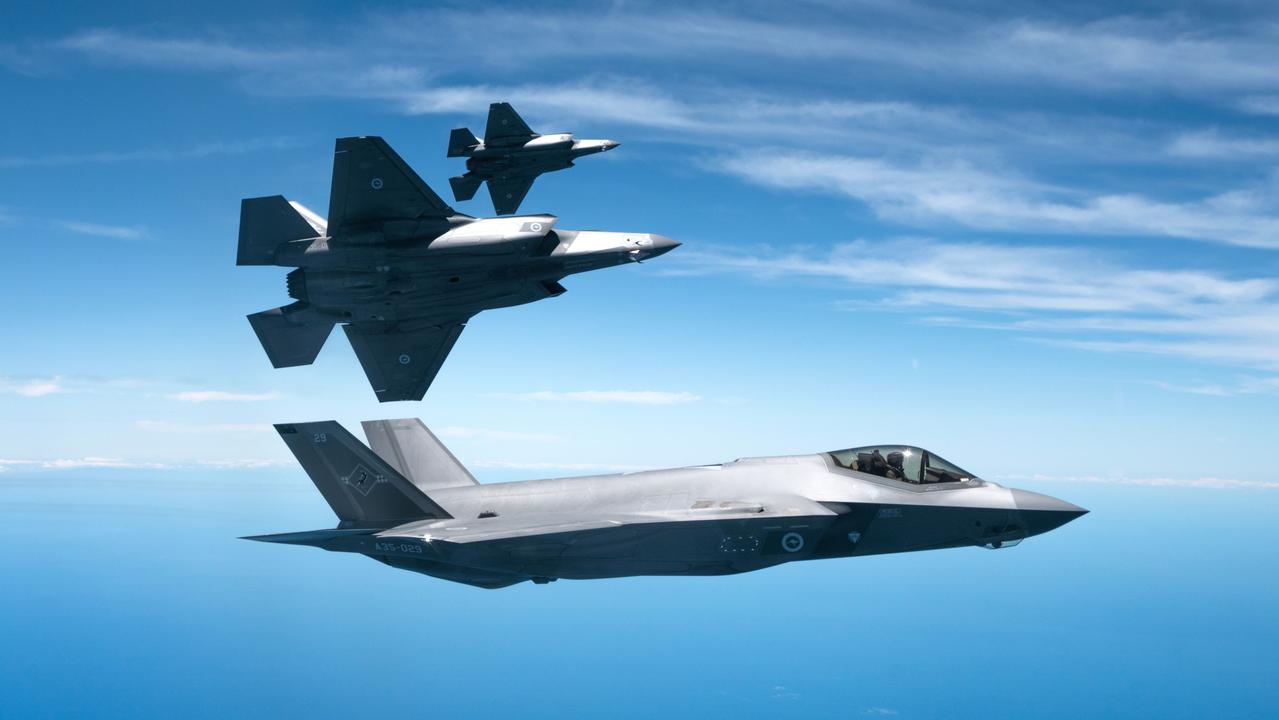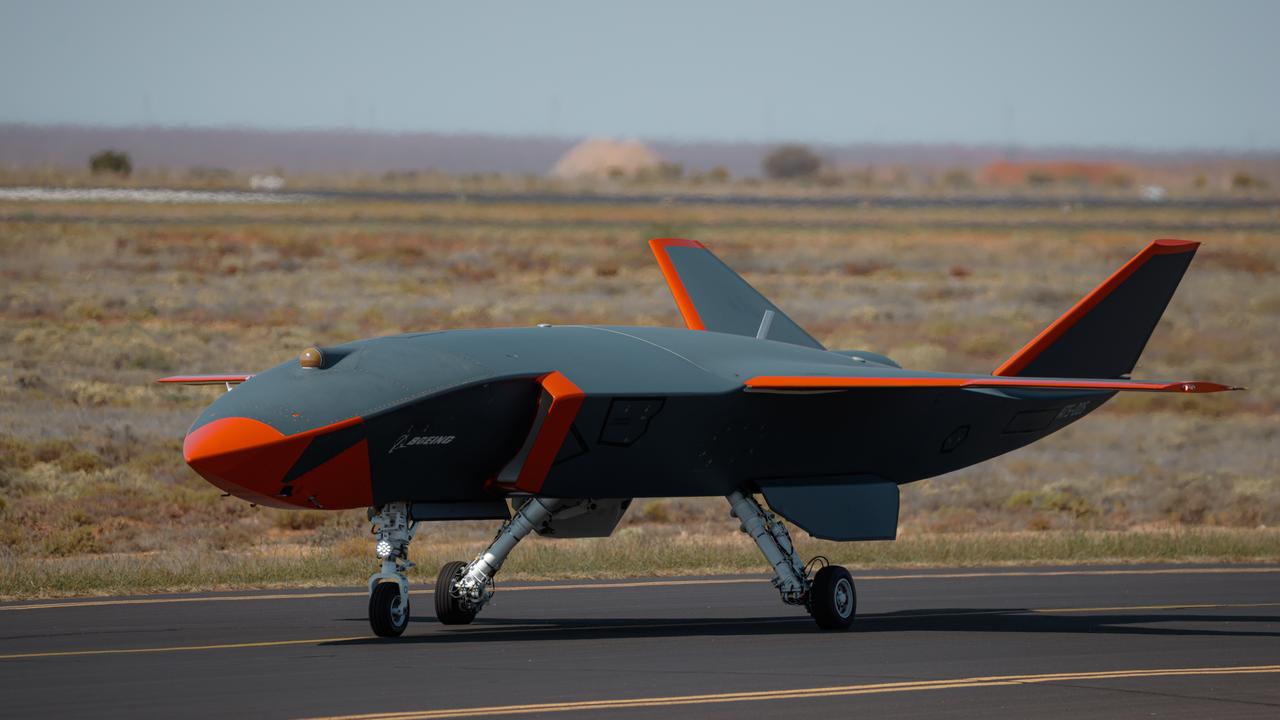Turning Canberra-class LHDs into aircraft carriers
The only impediment to Australia upgrading the Canberra-class Landing Helicopter Docks and using them as aircraft carriers is the dismissive attitude of the RAN leadership, coupled with political indifference.

When the RAAF took delivery of its first F-35A in 2014 it was clear the capability was relatively mature, and it kicked off a debate about whether to operate them from our two Canberra-class Landing Helicopter Docks (LHDs), turning them into small aircraft carriers.
To work, this would require the purchase of additional B model F-35s used by the US Marine Corps featuring a STOVL (Short Take Off and Vertical Landing) design allowing them to operate from ships with a large enough flat deck.
The debate in Australia – mainly between analysts and think tanks – has bounced backwards and forwards with some people positive about the potential capability increase. The greatest resistance has come from serving and retired RAN officers, who are vehemently opposed to the idea, arguing that it is impractical and too expensive.
Having spoken with ship designers Navantia and several retired DoD staff involved in the selection of the LHDs, it is clear F-35Bs can be operated from them, with some platform modifications.
For starters, Navantia’s parent navy – the Spanish Armada – always intended operating STOVL aircraft from their ship, in addition to helicopters, and so it’s not a surprise they feature a distinctive ski jump at the front.
The 27,500-tonne, 230m Navantia design was chosen in 2007 and Prime Minister John Howard took a personal interest in the features of the ships.
Defence officials at the time – who prefer the quiet anonymity of retirement – were very clear in their recollections that while certain cost-saving changes were fine, Howard was emphatic that any alterations were not to be so significant as to stop a future government upgrading them for F-35B use. In summary, several features specific to fixed wing aircraft were removed, such as refuelling systems, because the intention at the time was only to operate helicopters from them.
However, this was done with the foreknowledge that F-35Bs can still receive fuel from the remaining systems, which are able to connect with rotary wing designs such as Chinook, Taipan, Tiger, Apache, Black Hawk and Sea Hawk helicopters.
As well as the ski jump that allows short take off without the need for a huge aircraft carrier steam catapult, the Canberra class retained several F-35B compatible features such as the original control room, and added the Saab 9LV combat management system – also used for air traffic control – and a comprehensive communications suite fully compatible with the USN from L3Harris.
The most obvious challenge is strengthening the deck to protect it from the blowtorch effect of the F-35B’s huge engine when it is descending vertically and hovering just above the deck.
It is this concern that critics most frequently point to – but naval engineers are not worried, saying it can easily be addressed by adding some steel plate, taking that part of the deck from 13mm to 19mm of thickness.
For good measure, heat resistant tiles can be added to the area – probably two separate spots on the deck – to guarantee safe operations. Structurally, there are no significant issues. The LHDs can handle a fully loaded Chinook, which weighs 25,000kg, while the maximum weight of an F-35B is 27,000kg, making it well within the design margins of the ship. The elevators are large enough for F-35Bs and there is enough hangar space for 12 of them while still having room for eight to 10 helicopters.
The USMC operates their F-35Bs from several different amphibious assault ships.
The Royal Navy has them on the two Queen Elizabeth-class aircraft carriers – and, in our region, Japan will soon fly them from Izumo-class helicopter carriers, which are slightly smaller than the LHDs. Similarly, the Italian Navy will fly them off the Cavour – a small carrier almost identical to the Canberra class.
The only impediment to Australia upgrading the LHDs and using them as aircraft carriers is the dismissive attitude of the RAN leadership, coupled with political indifference. This is because the F-35Bs would be operated by the RAAF – no one is talking about reconstituting the navy’s Fleet Air Arm – and as a result the RAN is simply not interested in embarking combat aircraft not operated by them.
The RAN is the primary source of all the rumours that it can’t be done. In 2014, then Prime Minister Tony Abbott asked for a report into the concept, which vanished not long after he was removed from office. This is despite that fact that adding eight or 12 fully networked F-35Bs of Block 4 configuration to each LHD would add massively to the firepower of the ADF.
Given Australia’s deteriorating strategic circumstances, this should be a high priority. Navantia says the ships could be modified in Australia without the need to go into a dry dock and it might be possible to quickly acquire F-35Bs because the USMC has reduced their order.
The modification cost might be in the mid-to-high tens of millions of dollars per ship, but this is a tiny price to pay for a significant boost in capability.


